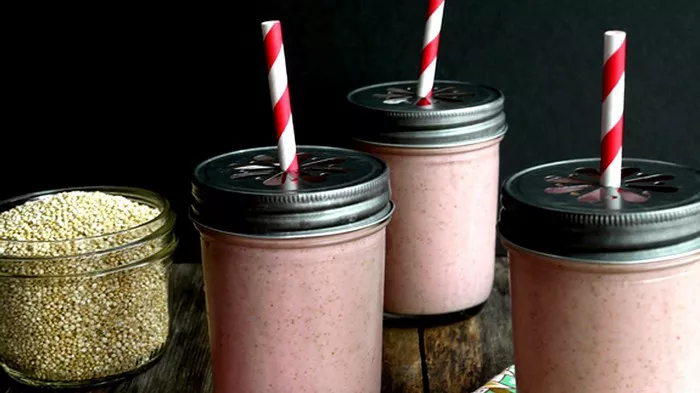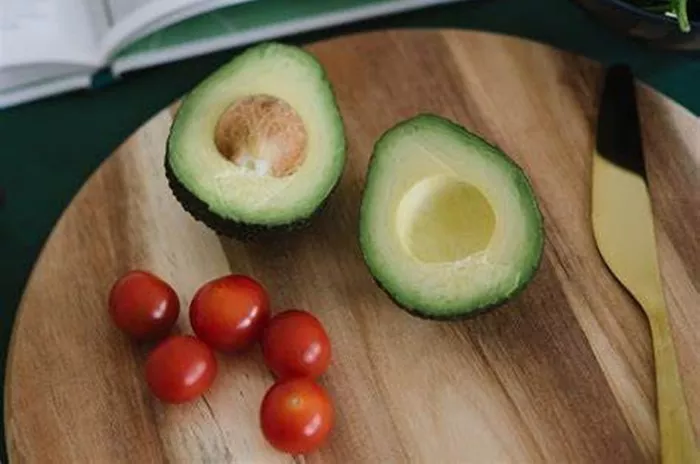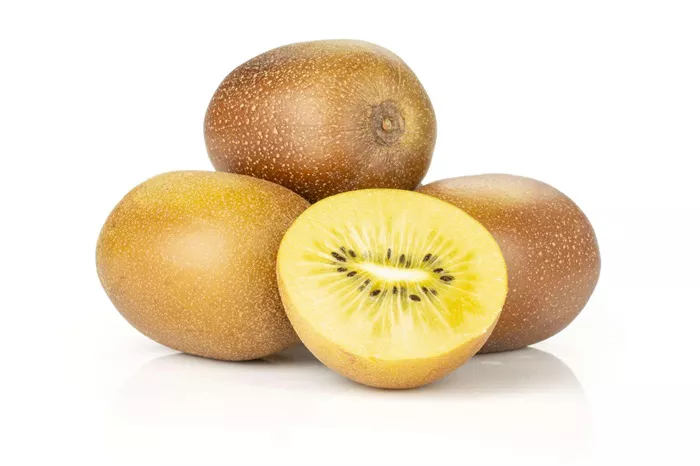In today’s health-conscious world, protein shakes have become a staple for fitness enthusiasts, athletes, and anyone looking to boost their protein intake. Whether you’re aiming to support muscle growth, aid in weight management, or simply enjoy a nutritious and convenient meal or snack, protein shakes offer a versatile and customizable option. In this comprehensive guide, we’ll explore everything you need to know to create delicious and nutritious protein shakes, from basic recipes to customizations, choosing the right protein powder, nutritional information, health benefits, potential drawbacks, tips for success, and frequently asked questions.
Basic Protein Shake Recipe
Let’s start with a simple, easy-to-follow recipe for beginners:
Ingredients:
1 scoop of protein powder (flavor of your choice)
1 cup of milk (dairy or plant-based)
1/2 banana (fresh or frozen)
1 tablespoon of nut butter (such as almond or peanut butter)
Handful of ice cubes
Instructions:
1. In a blender, combine the protein powder, milk, banana, nut butter, and ice cubes. Blend until smooth and creamy, adjusting the consistency by adding more milk or ice cubes as needed.
2. Pour into a glass and enjoy your delicious protein shake!
Variations and Customizations
Once you’ve mastered the basic recipe, the possibilities for customization are endless. Here are some ideas for adding different fruits, vegetables, and other ingredients to cater to individual preferences:
Berries: Add a handful of fresh or frozen berries such as strawberries, blueberries, or raspberries for added flavor and antioxidants.
Greens: Boost the nutritional value of your shake by adding a handful of spinach, kale, or other leafy greens.
Greek yogurt: Incorporate a scoop of Greek yogurt for extra creaminess and protein.
Oats: Add a tablespoon of rolled oats for fiber and sustained energy.
Flaxseeds or chia seeds: Boost your shake’s omega-3 fatty acid content by adding a tablespoon of flaxseeds or chia seeds.
Cocoa powder: For a chocolatey twist, add a tablespoon of unsweetened cocoa powder.
Spices: Experiment with spices such as cinnamon, nutmeg, or ginger to add warmth and flavor to your shake.
Tips for Choosing Protein Powder
Choosing the right protein powder is essential for creating a delicious and nutritious shake. Here are some factors to consider:
Protein source: Common protein sources include whey, casein, soy, pea, and hemp. Whey protein is quickly absorbed and ideal for post-workout recovery, while casein protein is slower-digesting and suitable for meal replacement shakes. Plant-based options like soy, pea, and hemp are suitable for vegetarians and vegans.
Flavor and sweetness: Protein powders come in various flavors, including chocolate, vanilla, strawberry, and unflavored. Consider your personal preferences and whether you prefer sweetened or unsweetened varieties.
Nutritional profile: Check the protein content per serving, as well as the carbohydrate, fat, and calorie content. Look for protein powders with minimal additives and fillers.
Allergies and dietary restrictions: If you have allergies or dietary restrictions, be sure to choose a protein powder that meets your needs. For example, individuals with lactose intolerance may opt for lactose-free whey protein or plant-based alternatives.
Nutritional Information
A typical protein shake made with the basic recipe outlined above provides approximately:
Protein: 20-25 grams
Carbohydrates: 20-25 grams
Fat: 8-10 grams
Calories: 250-300 calories
The exact nutritional content may vary depending on the type of protein powder and other ingredients used. Protein shakes are an excellent source of high-quality protein, essential nutrients, and energy to fuel your day.
Health Benefits of Protein Shakes
Protein shakes offer several potential health benefits:
Muscle growth and repair: Protein is essential for muscle repair and growth, making protein shakes an ideal post-workout recovery option.
Weight management: Protein shakes can help promote feelings of fullness and satiety, making them a convenient option for controlling appetite and managing weight.
Convenience: Protein shakes are quick and easy to prepare, making them a convenient option for busy individuals or those on the go.
Nutrient density: Protein shakes can be a convenient way to boost your nutrient intake, especially if you’re struggling to meet your protein needs through whole foods alone.
Potential Drawbacks
While protein shakes offer numerous benefits, it’s essential to be aware of potential drawbacks:
Added sugar: Some commercially available protein powders may contain added sugars and artificial sweeteners, which can contribute to excess calorie intake and may not be suitable for individuals with certain health conditions.
Artificial ingredients: Some protein powders may contain artificial flavors, colors, and preservatives, which may not align with a clean eating lifestyle.
Digestive issues: Some individuals may experience digestive discomfort such as bloating, gas, or diarrhea when consuming protein shakes, especially if they contain dairy-based protein powders.
Tips for Making Delicious and Healthy Protein Shakes
To ensure your protein shakes are both delicious and nutritious, consider the following tips:
Balance macros: Aim for a balance of protein, carbohydrates, and healthy fats to create a satisfying and well-rounded shake.
Experiment with flavors: Don’t be afraid to experiment with different flavor combinations and ingredients to find what works best for you.
Use quality ingredients: Choose high-quality protein powders and fresh, whole food ingredients whenever possible to maximize nutritional value.
Pay attention to portion sizes: Be mindful of portion sizes and avoid overloading your shake with excessive ingredients, especially calorie-dense add-ons like nut butter or sweeteners.
FAQs:
1. When is the best time to drink a protein shake?
Protein shakes can be consumed at any time of day, but they are most commonly consumed post-workout to support muscle recovery and growth. They can also be enjoyed as a meal replacement or snack.
2. How much protein should I consume?
Protein needs vary depending on factors such as age, weight, activity level, and fitness goals. As a general guideline, aim for 0.8-1 gram of protein per kilogram of body weight per day.
3. Can I drink protein shakes if I’m trying to lose weight?
Protein shakes can be a helpful tool for weight loss due to their ability to promote feelings of fullness and satiety. However, it’s essential to incorporate them as part of a balanced diet and exercise plan for optimal results.
In conclusion, protein shakes are a convenient and versatile option for boosting protein intake, supporting muscle growth and recovery, and maintaining overall health and well-being. By following a basic recipe, experimenting with variations, choosing quality ingredients, and considering individual preferences and dietary needs, you can create delicious and nutritious protein shakes to fuel your body and achieve your health and fitness goals. Remember to consult with a healthcare professional before making any significant changes to your diet or supplementation regimen, especially if you have underlying health conditions or concerns.
[inline_related_posts title=”You Might Be Interested In” title_align=”left” style=”list” number=”6″ align=”none” ids=”6662,6729,6538″ by=”categories” orderby=”rand” order=”DESC” hide_thumb=”no” thumb_right=”no” views=”no” date=”yes” grid_columns=”2″ post_type=”” tax=””]

































